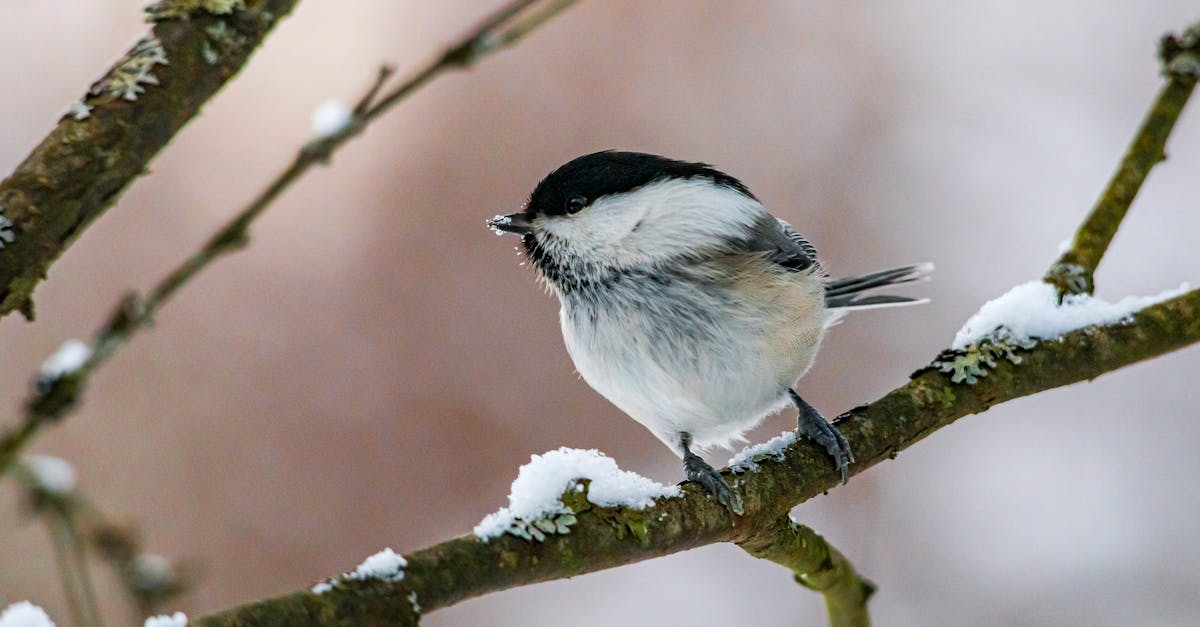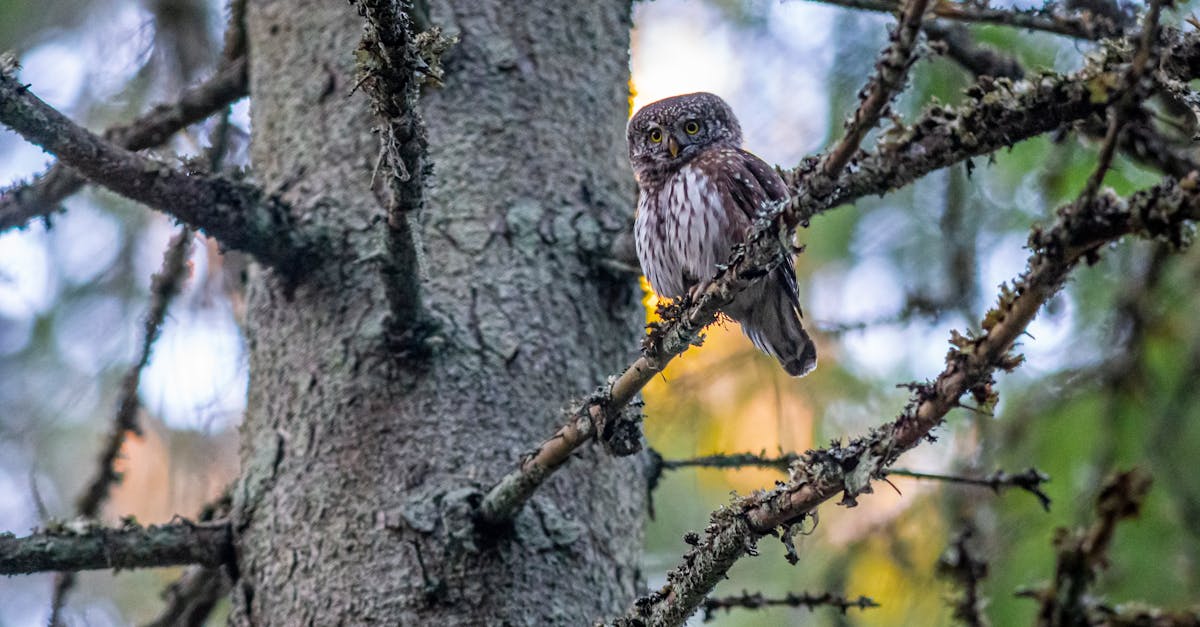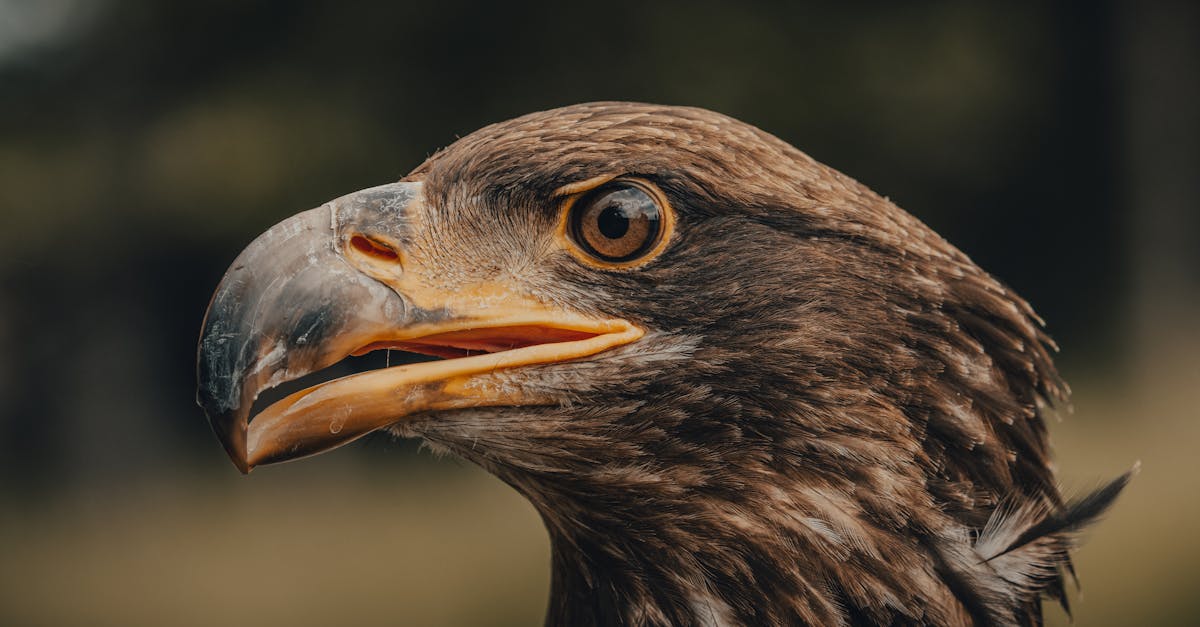Discover the top tips for bird watching in Alaska’s pristine wilderness and unlock the secrets of spotting unique avian species in their natural habitat.
Tips for spotting rare bird species

When it comes to bird watching, enthusiasts are always eager to catch a glimpse of rare and elusive bird species. Here are some valuable tips to improve your chances of spotting these extraordinary feathered creatures in the wild.
Research and Preparation
Research is key when it comes to spotting rare bird species. Utilize field guides, birding websites, and local birding communities to gather information about the specific species you are hoping to see. Understanding their habitat, behavior, and vocalizations can significantly increase your chances of locating them.
Before heading out, make sure to pack essential bird watching gear such as binoculars, a field guide, a notebook, and appropriate clothing for the terrain and weather conditions. Familiarize yourself with the area you plan to explore to optimize your birding experience.
Timing and Patience
Timing plays a crucial role in bird watching, especially when it comes to rare species. Early mornings and late afternoons are typically the best times to spot birds as they are most active during these hours. Exercise patience and be prepared to spend time observing their behavior from a distance to avoid disturbing them.
Quiet Observation
When you are in the field, practice quiet observation techniques. Birds are sensitive to noise and sudden movements, so it’s essential to move slowly and minimize disruptions. Find a comfortable spot to settle in and allow the birds to come to you naturally.
Use Calls and Playbacks Sparingly
While bird calls and playbacks can be useful tools for attracting birds, it’s crucial to use them sparingly and ethically. Overusing calls can disrupt the natural behavior of birds and even endanger their well-being. Reserve these techniques for specific situations where they are necessary.
Join Guided Tours and Birding Events
One effective way to increase your chances of spotting rare bird species is by joining guided tours and birding events led by experienced professionals. Not only will you benefit from their expertise and knowledge of the local area, but you’ll also have the opportunity to learn new bird watching techniques and connect with fellow enthusiasts.
Respect Wildlife and Their Habitat
Remember that bird watching is about more than just ticking rare species off your list. It’s essential to respect the birds and their habitat by observing them from a safe distance and refraining from disturbing or approaching them too closely. Practice responsible birding to ensure the well-being of the birds and the preservation of their natural environment.
By following these tips and adopting a mindful approach to bird watching, you’ll not only enhance your birding experience but also contribute to the conservation and protection of rare bird species for future generations to enjoy.
Choosing the right equipment for Alaskan conditions

When embarking on bird watching adventures in the vast and untouched landscapes of Alaska, having the right gear is essential to fully enjoy and appreciate the diverse bird species that call this region home. Here are some tips on selecting the best gear for your Alaskan bird watching experience.
Binoculars
Binoculars are a must-have tool for any bird watcher, especially in Alaska where wildlife is abundant and often distant. When choosing binoculars for Alaskan adventures, opt for models with a high magnification and a wide field of view to spot birds in the vast wilderness. Waterproof and fog-proof binoculars are also recommended to withstand the unpredictable Alaskan weather.
Field Guide
A comprehensive field guide is essential for identifying the various bird species you may encounter in Alaska. Look for a guide that includes detailed descriptions, illustrations, and distribution maps of birds native to the region. Digital field guides can also be helpful for quick reference in the field.
Camera
Capturing the beauty of Alaskan bird species on camera is a rewarding part of bird watching. To ensure you don’t miss any photo opportunities, invest in a good quality digital camera with a zoom lens. Consider a rugged and weather-sealed camera that can withstand the elements during your outdoor expeditions.
Clothing and Footwear
Layered clothing is key when bird watching in Alaska, where temperatures can fluctuate throughout the day. Pack warm and weather-resistant clothing, including insulated jackets, waterproof pants, and sturdy hiking boots for exploring diverse terrains. Don’t forget moisture-wicking socks to keep your feet dry and comfortable during long treks.
Backpack
A durable and comfortable backpack is essential for carrying your gear, field guide, snacks, and water during bird watching excursions. Look for a backpack with padded straps and multiple compartments to keep your essentials organized and easily accessible while on the move.
By selecting the right gear for your Alaskan bird watching adventures, you can enhance your wildlife viewing experiences and create lasting memories in one of the most pristine natural environments on Earth. Remember to pack these essentials before heading out into the Alaskan wilderness and immerse yourself in the captivating world of bird watching.
Finding the best bird watching spots in remote areas

When it comes to bird watching, finding the best spots in remote and untouched landscapes can lead to incredible encounters with a wide variety of avian species. Exploring these secluded areas offers not only the chance to observe birds in their natural habitat but also provides a unique opportunity to connect with nature on a deeper level.
Researching Hidden Gems
Bird watching enthusiasts seeking to discover hidden gems in remote areas should start by conducting thorough research. Online forums, bird watching publications, and local birding clubs can be valuable resources for gathering information on lesser-known birding locations. These sources often provide insider tips on where to find specific bird species and the best times of year to visit.
Exploring Untouched Landscapes
Exploring untouched landscapes is essential for finding the best bird watching spots. Remote areas, such as national parks, wildlife refuges, and nature reserves, offer a pristine environment where birds thrive undisturbed. Trekking off the beaten path can lead to breathtaking encounters with rare and elusive bird species that are not commonly found in more accessible locations.
Connecting with Local Guides
Local guides with expertise in bird watching can provide invaluable assistance in navigating remote areas and spotting elusive birds. These guides are often familiar with the local bird populations and can lead bird watchers to prime locations for observation. Additionally, local guides can share their knowledge of bird behavior and help enthusiasts identify different species based on their unique characteristics.
Embracing the Solitude
One of the most rewarding aspects of bird watching in remote areas is the opportunity to embrace solitude and immerse oneself in the natural surroundings. Away from crowds and urban noise, bird watchers can experience a sense of tranquility and connection with the environment that is hard to find in more popular birding destinations. This solitude allows for uninterrupted observation of birds in their natural habitat.
Respecting Wildlife and the Environment
As bird watching gains popularity, it is crucial for enthusiasts to respect wildlife and the environment in remote areas. Following ethical birding practices, such as maintaining a safe distance from nesting birds and following Leave No Trace principles, helps protect the natural habitat and ensures a positive experience for both birds and bird watchers.
In conclusion, by researching hidden gems, exploring untouched landscapes, connecting with local guides, embracing solitude, and respecting wildlife and the environment, bird watchers can find the best bird watching spots in remote areas. These secluded locations not only offer stunning birding opportunities but also foster a deeper appreciation for the wonders of the natural world.
Understanding bird behavior in the wild
Bird watching is a fascinating activity that allows enthusiasts to observe and appreciate the behavior of birds in their natural habitats. Understanding bird behavior in the wild can enhance the bird watching experience, providing valuable insights into the lives of these magnificent creatures. Here are some key aspects to consider when exploring bird behavior in the wild:
1. Territoriality and Nesting Behaviors
Birds often exhibit territorial behaviors, marking their territories through songs, calls, and displays. Observing how birds defend their territories can provide valuable information about their breeding habits and social structures. Nesting behaviors, such as nest-building and incubation, offer insights into the reproductive cycles of different bird species.
2. Feeding Habits and Foraging Techniques
Birds display a variety of feeding habits and foraging techniques based on their diet and habitat. Some birds are specialized feeders, while others are generalists. Understanding how birds find and capture food can help bird watchers identify species and learn more about their ecological roles in the ecosystem.
3. Migration Patterns and Seasonal Movements
Migration is a fascinating aspect of bird behavior, with many species traveling thousands of miles each year to find suitable breeding and feeding grounds. By tracking migration patterns and seasonal movements, bird watchers can gain a deeper understanding of the challenges birds face during their long journeys and the importance of conservation efforts to protect their habitats.
4. Social Interactions and Communication
Birds exhibit a wide range of social behaviors, including courtship displays, flocking, and cooperative hunting. Paying attention to social interactions and communication cues, such as vocalizations and body language, can provide valuable insights into the relationships between individual birds and within bird communities.
5. Predator Avoidance and Defense Mechanisms
Birds have evolved various predator avoidance strategies and defense mechanisms to protect themselves from potential threats. Observing how birds respond to predators, such as alarm calls and distraction displays, can offer bird watchers a glimpse into the complex dynamics of predator-prey interactions in the wild.
In conclusion, bird watching offers a unique opportunity to gain a better understanding of bird behavior in the wild. By observing and interpreting the behaviors of birds in their natural environments, enthusiasts can deepen their appreciation for these incredible creatures and contribute to the conservation of avian species worldwide. Happy bird watching!
Working with local guides for a unique experience
When it comes to bird watching in untouched landscapes, having a local guide by your side can truly enhance your experience. Local guides not only have a deep knowledge of the area and its avian inhabitants, but they also provide valuable insights and anecdotes that can make your bird watching adventure unforgettable.
The Benefits of Local Guides
Bird watching with local guides offers a myriad of benefits that can enrich your experience:
- Expert Knowledge: Local guides are well-versed in the behaviors, habitats, and migration patterns of local bird species, allowing them to lead you to prime bird watching spots.
- Access to Remote Locations: Local guides often have access to off-the-beaten-path locations that may be difficult to navigate on your own, providing you with unique bird watching opportunities.
- Cultural Insights: Local guides can also share cultural stories and traditions related to the birds and the landscapes, giving you a deeper understanding of the region.
- Safety and Conservation: By working with local guides, you contribute to the local economy and support conservation efforts in the area, ensuring the preservation of the natural habitat for future generations.
Choosing the Right Guide
When selecting a local guide for your bird watching excursion, consider the following factors:
- Experience: Look for guides with a proven track record and extensive experience in bird watching in the area.
- Recommendations: Seek recommendations from fellow bird watchers or online reviews to ensure you choose a reputable guide.
- Customization: Opt for guides who can tailor the experience to your preferences and skill level, ensuring a personalized and enjoyable outing.
Maximizing Your Experience
To make the most of your bird watching adventure with a local guide, consider the following tips:
- Come Prepared: Bring appropriate gear such as binoculars, field guides, and comfortable clothing to ensure you are ready for a full day of bird watching.
- Ask Questions: Take advantage of your guide’s expertise and ask questions about the birds you encounter, their habits, and conservation efforts in the area.
- Stay Patient: Bird watching requires patience, so take your time to observe and appreciate the beauty of nature unfolding around you.
By collaborating with local guides for your bird watching expeditions, you not only enhance your experience but also contribute to the preservation of these stunning natural landscapes for generations to come.
